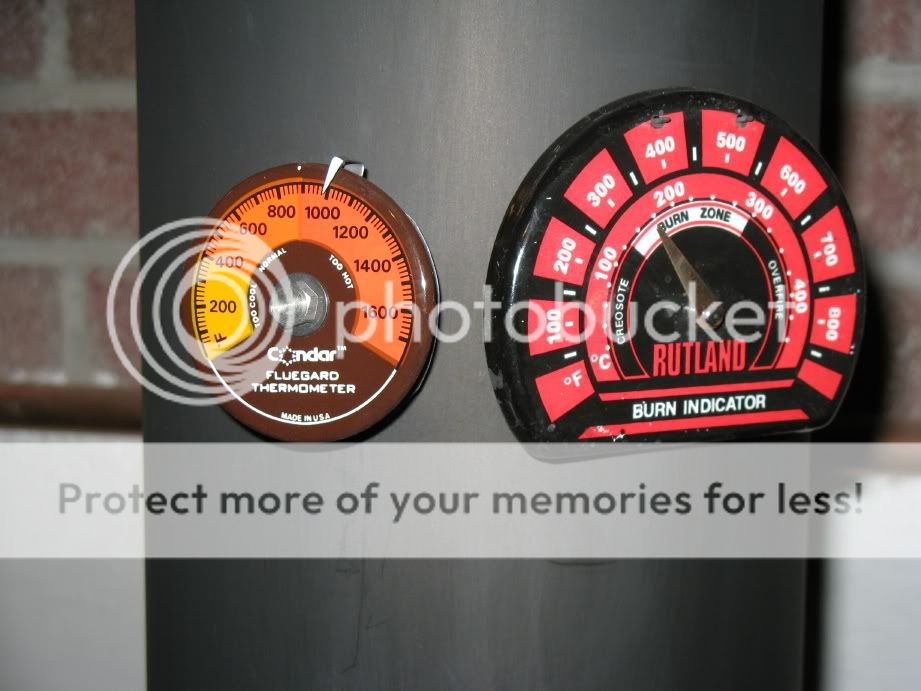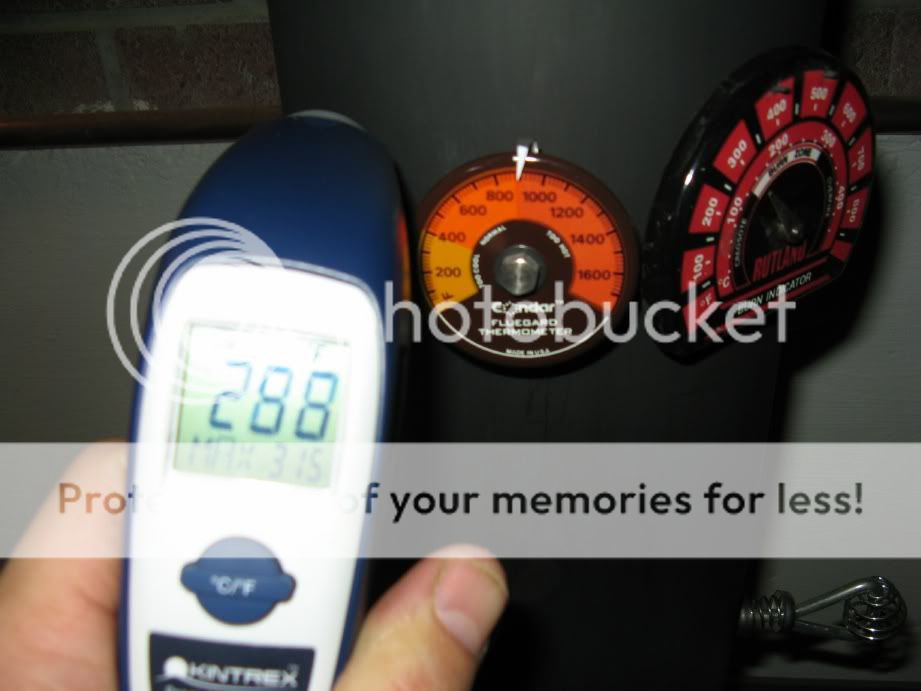Seems like I can easily spike flue temps up to 1100*-1200* (probe of course) when I have lots of coals and close down the bypass. I don't do it routinely, but it happens.
So, I did that this A.M. just after throwing two red maple splits on hot coals. Temps came down to 800* within ten minutes, but outside, with a smoke free pipe, I could smell an awful smell. If my wife hadn't been home with a sick kid, I think I would have called in late to work and babysat things.
Was that the maple burning?-haven't noticed it before. Or was there some cooking going on inside the pipe?
I would like to know how hot you guys and gals get your flue (please specify probe or surface therm) when it takes off a little hotter than usual. . . . . . . Not the "I once hit 4000* when I fell asleep", stuff.
Thanks.
So, I did that this A.M. just after throwing two red maple splits on hot coals. Temps came down to 800* within ten minutes, but outside, with a smoke free pipe, I could smell an awful smell. If my wife hadn't been home with a sick kid, I think I would have called in late to work and babysat things.
Was that the maple burning?-haven't noticed it before. Or was there some cooking going on inside the pipe?
I would like to know how hot you guys and gals get your flue (please specify probe or surface therm) when it takes off a little hotter than usual. . . . . . . Not the "I once hit 4000* when I fell asleep", stuff.
Thanks.



